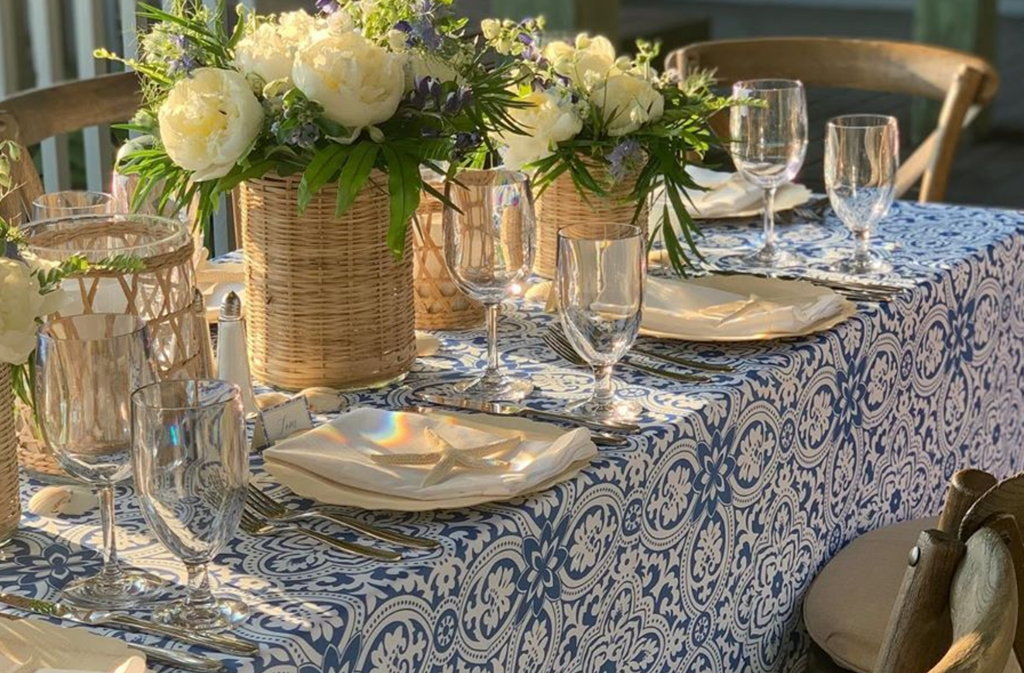Invented in China and now used across the globe, billions of chopsticks are used and thrown away every year. Here's a little history.
It is believed that chopsticks were developed in China about 5,000 years ago. People cooked their food in large pots that held heat for a long time, and impatient eaters would break twigs off trees to get to their morsels. It is believed that the philosopher and great scholar, Confucius, who lived in the 5th century B.C., influenced the development of chopsticks with his nonviolent teachings. A vegetarian, he declared that knives not be brought to the dinner table, because they were associated with war and death.
Chinese who wanted to save fuel while cooking, chopped and shredded their food into little bite-size pieces so it would cook faster. They found it easier to eat their food with a set of two sticks they called "kuai-za" or "quick ones." Chopsticks evolved very little over time.
An average Chinese person will use chopsticks three times a day, so to avoid waste use reusable, renewable bamboo chopsticks instead.
Whether you’re using bamboo chopsticks or not, the same rules apply. Follow these guidelines to avoid offending anyone with your chopsticks.
Chopstick Etiquette:
- Avoid Placing Chopsticks Upright in your Bowl. Placing chopsticks upright in your bowl of food is associated with death rituals and ceremony, and can be very offensive. So, if you can’t place them in your bowl, how should you put your chopsticks down? Together. Placing chopsticks side by side is best, either on the table (if clean), over your bowl, or on a Hashioki, or chopstick rest. Crossing chopsticks or forming a v-shape is another faux pas to avoid.
- Your Chopsticks are for your Use Only. For serving and sharing use the serving tongs or serving chopsticks instead to serve yourself before diving in. If serving tools are not provided, it’s acceptable to use the other end of your chopsticks, the one you’re holding, when picking up food from a serving tray. This is also the way to pass food from your plate to your friend’s plate because passing food from chopstick-to-chopstick is associated with death rituals.
- Spearing is for the Fisher not for the Diner: Stabbing or spearing your food with one chopstick is universally bad manners. Always try to use your chopsticks together to pick up your food, or not at all. Try eating nigiri sushi with your hands instead!
Other Tips:
- Pointing: Let’s not, but especially don't point with chopsticks.
- Hair Pin: Use a Kanzashi instead, the traditional Japanese hairpin.
- Hands-Free: Need to pass the plate? Place your chopsticks down first. Holding them with your mouth is considered rude and unsafe.
- Hands-On: Use your hands to move plates and bowls rather than your chopsticks.

Japanese versus Chinese Chopstick Etiquette
Chopstick etiquette followed by Japanese and Chinese cultures are very similar, but there are a few nuances. In Japan, it is considered rude to rub your chopsticks together because you’re indicating that the quality of disposable chopsticks provided are cheap. Whereas in China rubbing your chopsticks together is more commonplace and necessary to avoid splinters. No need to rub our reusable bamboo chopsticks together, each chopstick set is hand-burnished to a naturally smooth finish.
Another difference is that in China you can pick up your bowl and use chopsticks to more easily eat rice and other foods. In Japan, only pick up your bowl to slurp noodles or to drink your soup. For rice dishes in Japan, the rice is prepared differently and usually sticks together making it easier to pick up with chopsticks without having to pick up your entire bowl.
Chopsticks and Death Rituals
The use of chopsticks in death rituals is common across Asian countries, which is why it is important to follow the above tips.
In Japan, China and Korea, chopsticks are an ingrained part of burial and death rituals as well as the main eating utensil. Chopsticks are used for food offerings either at a burial or Buddhist shrine in memory of the deceased. In this ceremony, chopsticks are placed upright in a bowl of rice. This ritual is common for ceremonies to honor ancestors, which is why avoiding placing your chopsticks upright in your bowl of food is our number one rule when using chopsticks.
In Japan, chopsticks are also used for a traditional-style funeral to pass the cremated bones of the deceased to one family member to the next, which is why it is not only a faux pas to pass food from chopstick-to-chopstick but also very bad luck. Also, avoid crossing your chopsticks as this can also symbolize death and be disrespectful.
In Korea, chopsticks are also used during burial rituals, where chopsticks are placed to the left of the spoon. So for table settings make sure to place your chopsticks to the right of the spoon if you’re dining at a Korean restaurant or person’s home.
Setting your chopsticks down in a v-shape is a bad omen in Vietnam. Like in Japan, Vietnamese custom is to keep your chopsticks together when setting them down.
Following the above guidelines can help make a good impression when dining with chopsticks. Use chopsticks at home, ditch the waste and try our reusable bamboo chopsticks.
Although different materials are used, bamboo is the most popular material for chopsticks because it is resistant to heat, imparts no odor or taste, and are durable and relatively inexpensive.
At bambu® we only use the best materials, sustainable, renewable and USDA certified organic bamboo.






